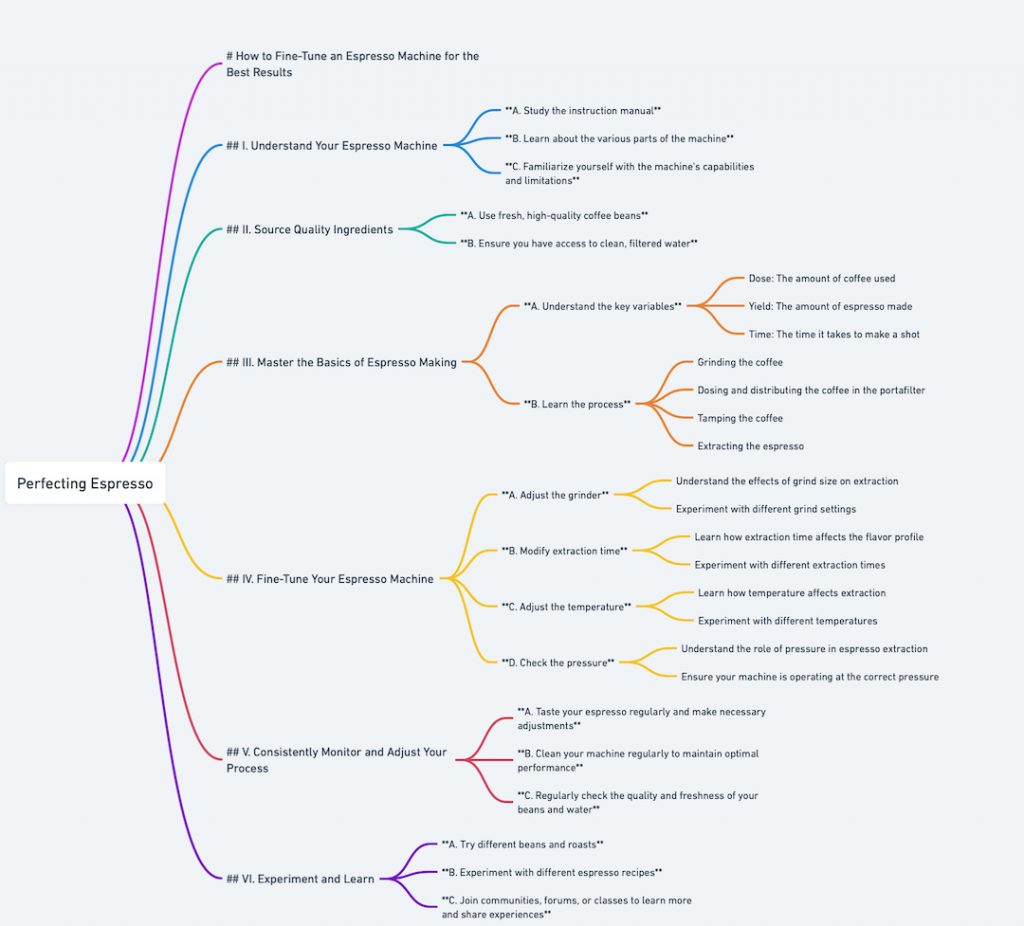Espresso, a complex concoction of water and coffee, is often crowned by a golden-brown layer of foam, known as crema. It’s an integral part of the espresso experience, serving as a sensory preview of the espresso’s quality, and providing aromatics that enhance the overall taste. The science of crema is multifaceted, involving chemistry, physics, and even a bit of art.
The Chemistry of Crema
The formation of crema begins at the cellular level of the coffee bean. Coffee beans are composed of about 800 volatile compounds, including lipids, proteins, sugars, and carbon dioxide. When coffee beans are roasted, a process known as the Maillard reaction occurs, which leads to the creation of even more volatile compounds, along with the rich brown color of the beans.
When the hot water meets the ground coffee in an espresso machine, it extracts these volatile compounds. The high pressure forces water through the coffee grounds, which extracts oil droplets encapsulating some of these compounds. This oil is crucial to crema formation.
The pressurized water also liberates trapped carbon dioxide gas within the coffee grounds. The CO2 wants to escape and forms bubbles. These bubbles get coated with the oil droplets, effectively creating the crema.
The Physics of Crema
The high pressure used in espresso machines, usually around 9 bars or 130 PSI, is key to the creation of crema. This high pressure helps to dissolve more CO2 from the coffee grounds into the water. When the pressure decreases as the espresso shot is pulled, the CO2 comes out of the solution, forming tiny bubbles.
These bubbles are stabilized by the oils and compounds extracted from the coffee. The oils form a thin layer around each bubble, preventing them from bursting too quickly and helping to create that desirable, persistent crema layer.
The Art of Crema
The quality and quantity of crema can be influenced by several factors, including the freshness of the coffee, the grind size, the roast profile, and the extraction method.
Fresh coffee tends to produce more crema because it contains more CO2. As coffee ages, CO2 gradually escapes, which means less gas is available to create those bubbles.
The grind size is also important. If the grind is too coarse, water will pass through the grounds too quickly, not extracting enough oils or CO2. If it’s too fine, the water may not be able to pass through at all. The perfect grind size for espresso is often described as being like fine sand.
The roast profile can affect the crema too. Darker roasts typically produce more crema due to the longer roasting process, which creates more oils. However, lighter roasts might produce crema with more complex flavors, as they preserve more of the coffee’s inherent flavor compounds.
Crema is a complex combination of coffee oils, volatile compounds, and CO2 bubbles. It’s a fascinating subject at the intersection of chemistry, physics, and art, where understanding the science can lead to a better appreciation of the beauty and taste of a well-crafted espresso.
Please note that if you purchase from clicking on the link, some will result in my getting a tiny bit of that sale to help keep this site going.






